This post may contain affiliate links. Please see our disclosure policy.
Canning grape juice is one of the simplest ways to preserve the fresh flavor of grapes right on your pantry shelf.
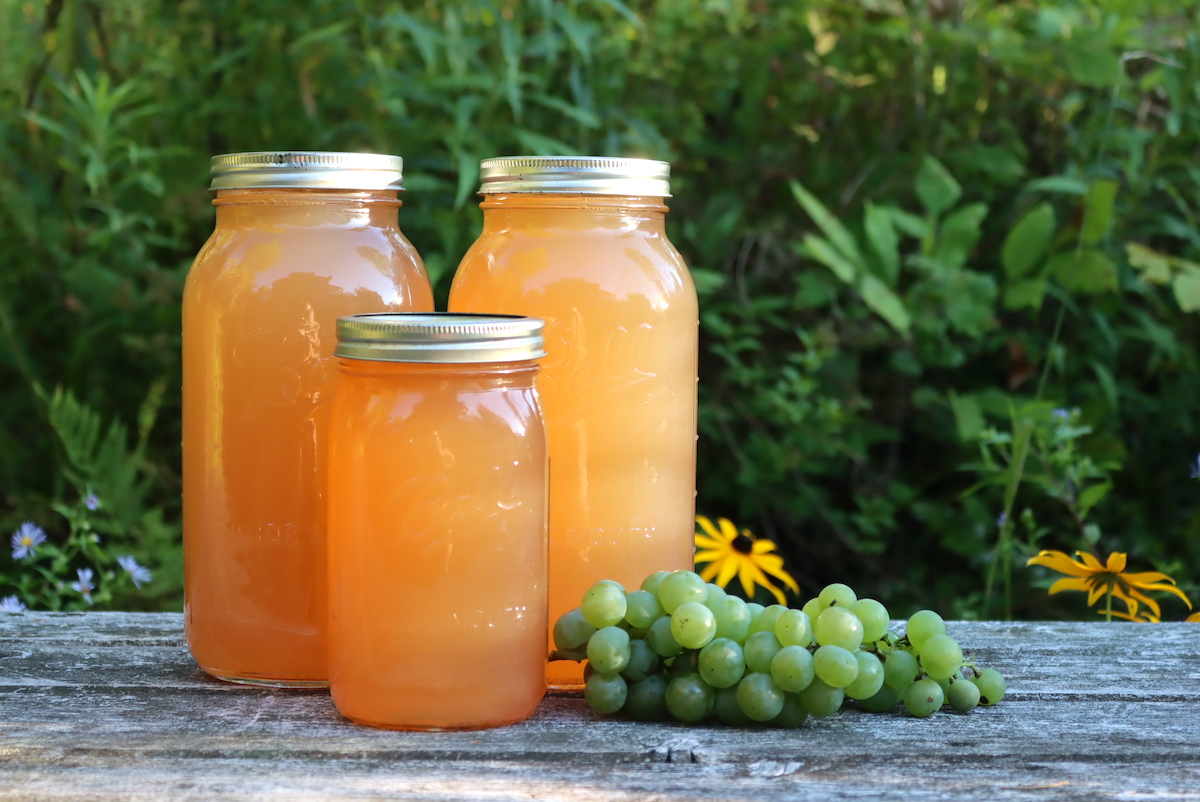
We grow a lot of grapes here on our homestead, even though we’re in a cold climate. We’ve found more than a dozen varieties of cold hardy grapes, and they’re all darn delicious.
Many of them are wine grapes, and we use them to make homemade grape wine each year. Some, however, are sweet table grapes, and we’ll eat as many as we can in season.
The problem is, grapes spoil quickly, and our grape vines produce fruit by the bucket load. I’ll make grape jam and grape jelly, too, of course, but there’s nothing quite as versatile (or useful) as a simple jar of home-canned grape juice.
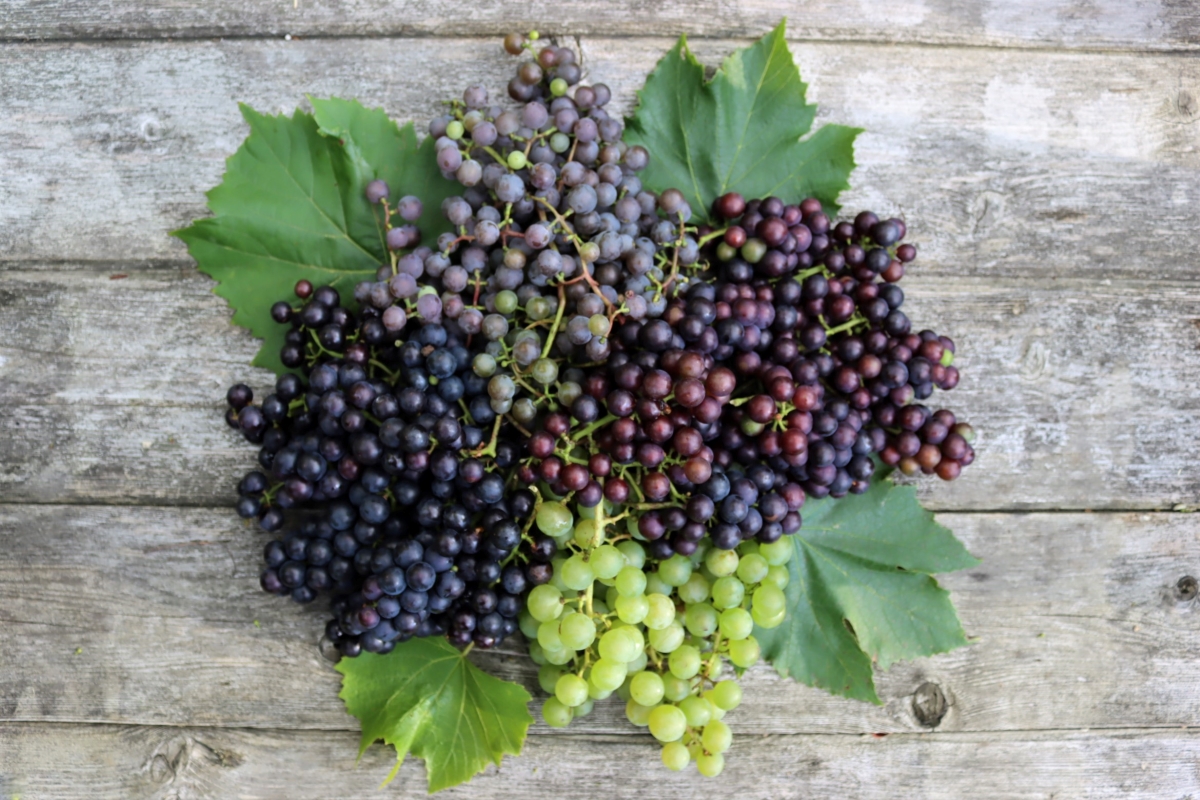
Ingredients for Canning Grape Juice
To make approximately 1 quart (2-pint jars) of grape juice, you will need the following ingredients:
- 3 ½ pounds grapes, washed and destemmed
- Sugar (adjust to taste)
- Water
For best results, choose grapes that are ripe, firm and sweet – the same as you would for eating! The varieties of grapes chosen will affect the flavor of your juice. Concord grapes are the most popular choice given their sweeter flavor, but green grapes like Niagara grapes can also be used to produce a mild, white grape juice.
Grape Juice Canning Yield
This recipe will yield around 2 pint jars (or 4 half-pint jars) of grape juice. Every 3 ½ cups of fresh grapes should yield 1 quart of fresh grape juice – multiply to increase yield. Use approximately 7 pounds of grapes to yield a half-gallon or 14 pounds for a full gallon.
For a standard 9 pint canner batch, you’ll need about 16 pounds of grapes. For a standard batch of 7 quarts, you’ll need about 24 to 25 pounds of grapes.
Jar Sizes for Canning Grape Juice
Generally, half-gallon jars aren’t approved for canning, but there are a few exceptions. Grape juice and apple juice are the only two things that the USDA has tested for canning in half-gallon jars.
That means in addition to being able to can grape juice in all the other jar sizes (half pint, pint, and quart), you also have the option of canning grape juice in half-gallon jars. The canning times will be longer for larger jars.
Juicing Grapes for Canning
Begin by washing and destemming your grapes. Add your cleaned, stem-free grapes to a saucepan and crush. Top with just enough boiling water to cover the grapes and heat to a simmer. Simmer for about 10 minutes, until the skins have become soft.
Next, strain the mixture through a jelly bag (or multiple layers of cheesecloth) to separate the liquid from the fruit flesh. Refrigerate the juice for 24 to 48 hours.
Carefully remove the juice from the refrigerator and pour into a saucepan or pot, being careful not to disturb the sediment that has collected at the bottom (you don’t want to add this to the pan). Pour the juice through a coffee filter before adding to the pan. Discard sediment.
The sediment here is tartaric acid crystals, and they precipitate out of natural grape juice when it’s refrigerated. They can irritate the throat, so it’s important to remove those before canning. Not all grapes are high in tartaric acid, but most contain enough to cause problems, so it’s always a good idea to allow the juice to stand in the refrigerator for 24 to 48 hours, and then filter before canning.
Wild grape juice is especially high in tartaric acid crystals.
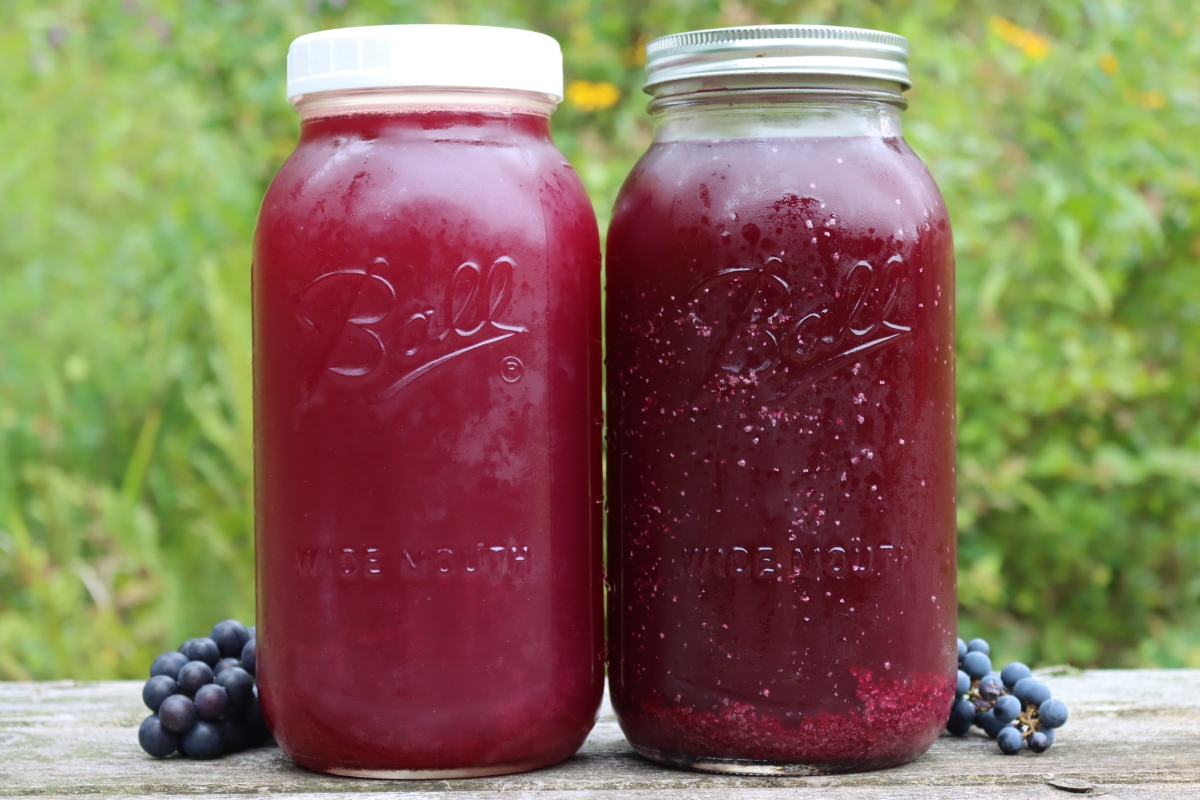
Now is the perfect time to taste your juice. Add sugar and sweeten to your taste. Heat and stir to dissolve sugar.
Bring to a boil. Immediately ladle into prepared jars leaving ¼ inch headspace. Clean rims and apply lids.
For immediate consumption, allow juice to cool fully to room temperature and store in the refrigerator (or freezer). See below for canning.
(Another option is using a steam juicer, and I find that it’s much more efficient that way. If you’re making a lot of grape juice for canning, I’d recommend investing in one.)
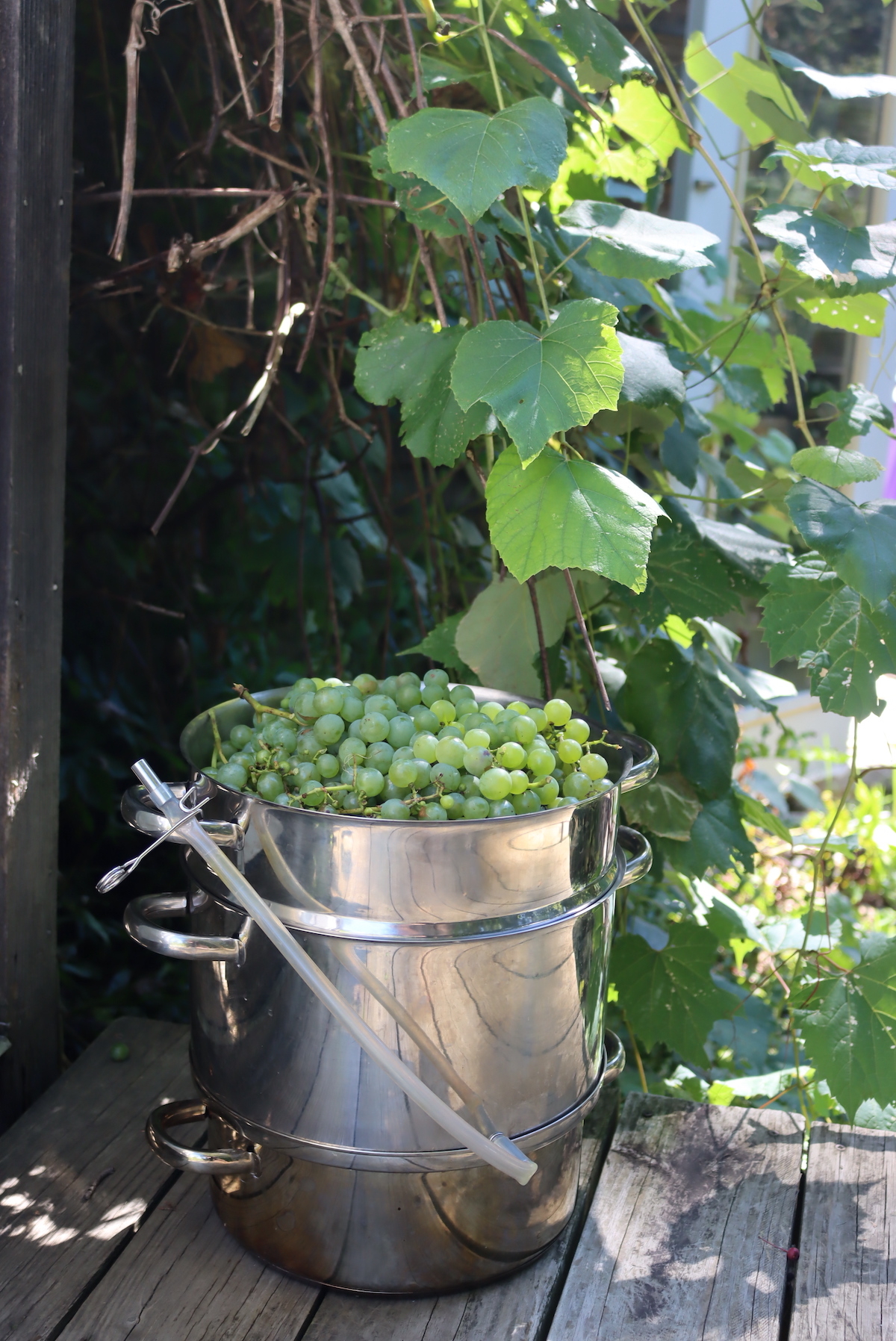
How to Can Grape Juice
To can grape juice, be sure to prepare a water bath canner before bringing juice to a boil.
After ladling the hot liquid into prepared canning jars, clean the rims with a damp cloth to ensure a clean seal and apply 2-part canning lids. Process in a water bath canner for 5 to 10 minutes, adjusting for altitude.
If below 1,000 feet, 5 minutes should do for pint and quart jars (10 minutes for half-gallon jars). If between 1,000 and 6,000 feet, 10 minutes will be needed for pint and quart jars (15 for half gallon jars). If above 6,000 feet in elevation, process for 15 minutes (20 minutes for half-gallon jars).
Remove from the water bath canner and place on a towel. Check seals after 12 to 24 hours.
Properly sealed and stored juice should last 18 months. Refrigerate after opening.
For maximum longevity, store in a cool, dark location, ideally at 50°F to 70°F and out of direct sunlight. Why? Sunlight quickens oxidation and deterioration of canned goods, making dark cupboards and pantry storage preferable for such items.
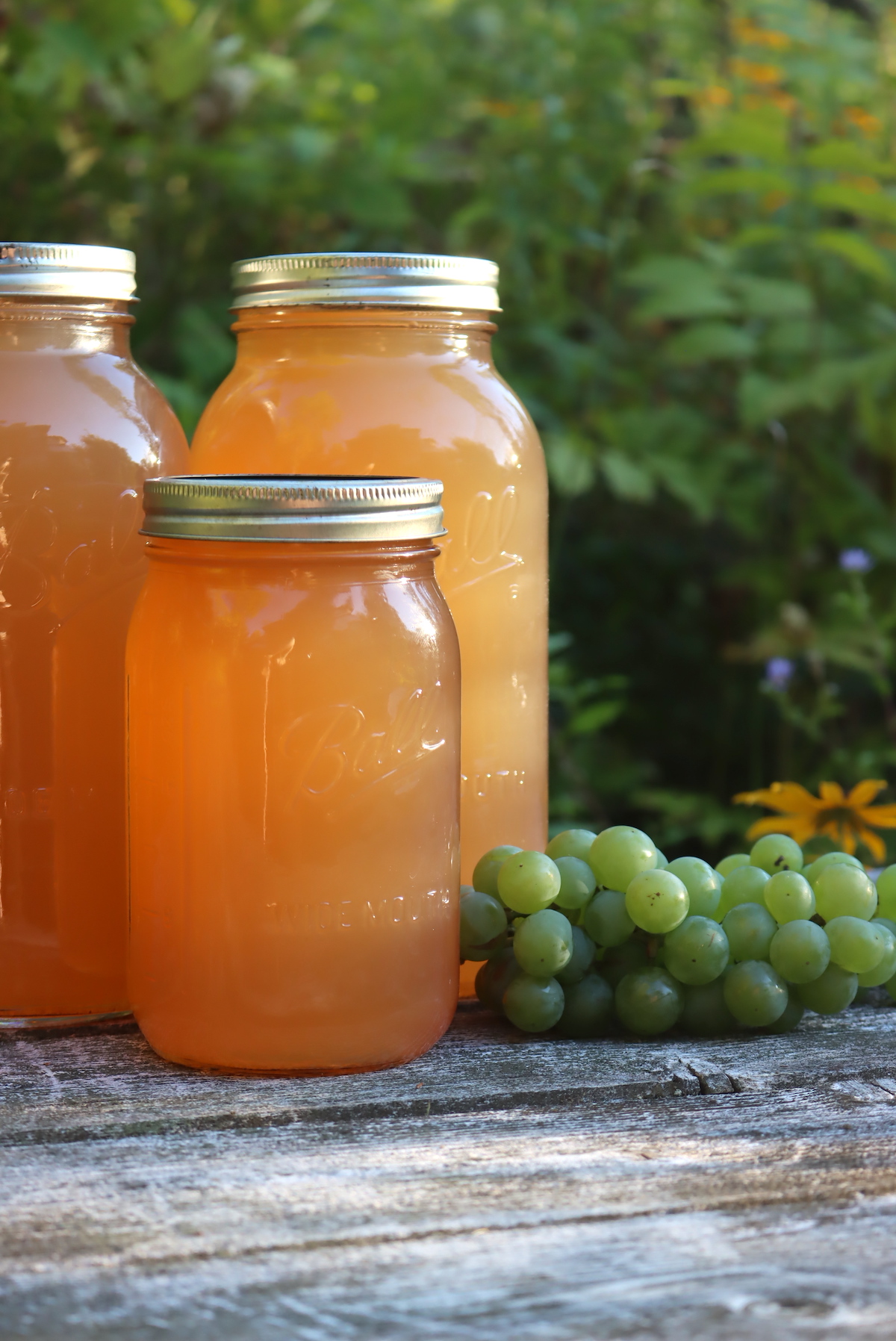
Using Home-Canned Grape Juice
Grape juice may be perfectly fine to drink on its own, but it can also be mixed with other beverages for a more enticing beverage. To cool down on a sweltering summer afternoon, add a cup of grape juice to lemonade (or juiced lemons and sugar) for refreshing grape lemonade. Out of lemonade? Try partially freezing grape juice to make grape juice granita.
Too chilly for iced treats? Heat grape juice and add in warming spices like cardamom pods, cinnamon, and nutmeg for delicious hot spiced grape juice. It’s absolutely delightful on fall nights.
But wait! You didn’t just think grape juice was for drinking, did you? There are a variety of ways to use grape juice in cooking. Consider making grape gummies or Jello-like grape juice squares. Additionally, you can use this recipe to make grape jelly to keep on hand all year round.
Grape Canning Recipes
Looking for more ways to preserve grapes in a canning jar?
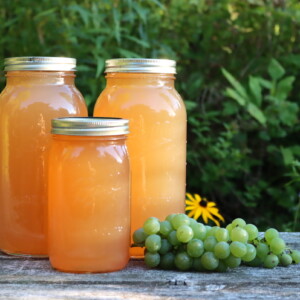
Canning Grape Juice
Equipment
Ingredients
- 3 ½ lbs grapes, washed and destemmed
- Sugar, adjust to taste
- Water
Instructions
- Begin by washing and removing all stems from your grapes. Place into a pot and crush the grapes to release all their juice. Add enough boiling water to cover grapes and bring to a simmer.
- Simmer the mixture for 10 minutes until the grape skins have softened.
- Strain this mixture through a jelly bag (or multiple layers of cheesecloth). Discard the grape skins and flesh and move the juice to the refrigerator, preferably in a large pitcher if you have one. Allow the juice to rest here for 24 to 48 hours.
- After this day or so has passed, carefully remove the refrigerated juice and pour into a large pot, being sure not to disturb the sediment at the bottom of the pitcher. Discard sediment. For clearer juice, pour the liquid through a coffee filter to remove more sediment. (The sediment is tartaric acid crystals, and they can cause throat irritation if included in your juice. Many modern grape varieties are low in tartaric acid, but not all of them. It's always good practice to allow the juice to settle for 24 to 48 hours in the refrigerator before canning.)
- Sample the juice and sweeten to taste. Heat this mixture of juice and sugar, stirring to dissolve sugar until the mixture comes to a boil.
- Immediately, ladle hot liquid into freshly prepared jars leaving ¼ inch headspace. If canning, clean rims, apply 2-part canning lids, and process in a waterbath canner, adjusting for altitude. Canning times are as follows: If below 1,000 feet, 5 minutes for pint and quart jars (10 minutes for half-gallon jars). If between 1,000 and 6,000 feet, 10 minutes will be needed for pint and quart jars (15 for half gallon jars). If above 6,000 feet in elevation, process for 15 minutes (20 minutes for half-gallon jars).
Notes
Nutrition
Nutrition information is automatically calculated, so should only be used as an approximation.
Drink Canning Recipes
Looking for more drink canning recipes?
- Canning Lemonade (and Lemonade Concentrate)
- Canning Strawberry Lemonade Concentrate
- Canning Limeade (& Limeade Concentrate)
- Canning Berry Juice
- Canning Rhubarb Juice

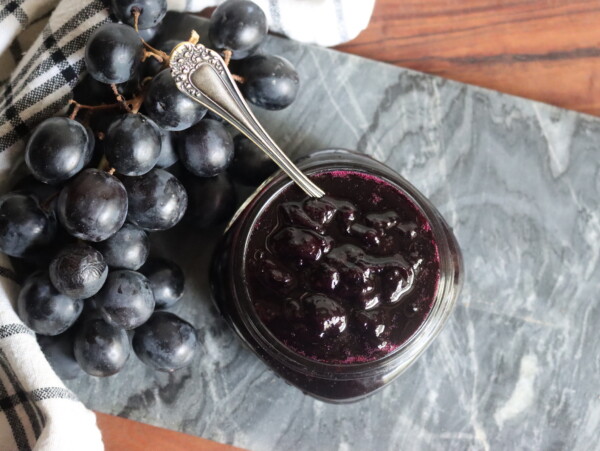
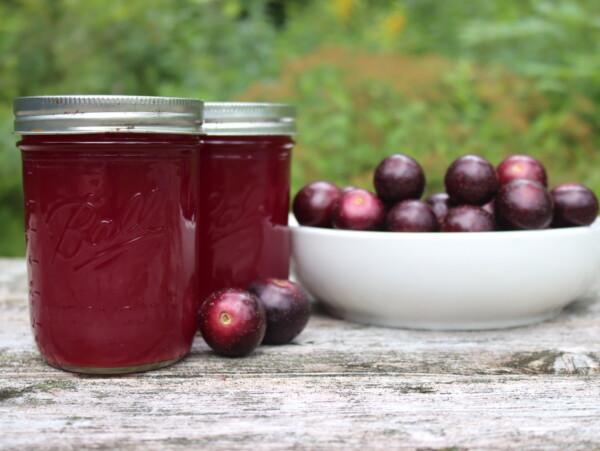
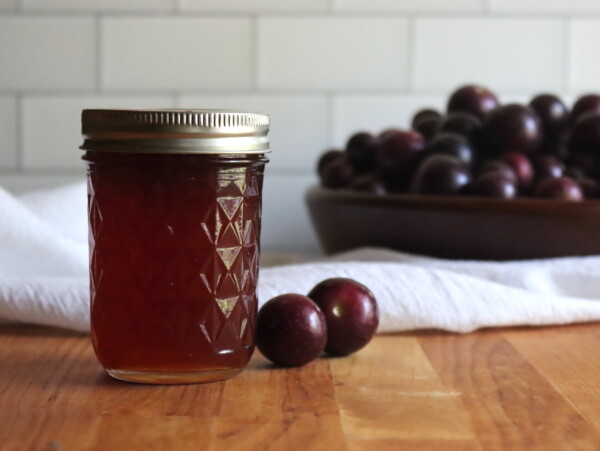
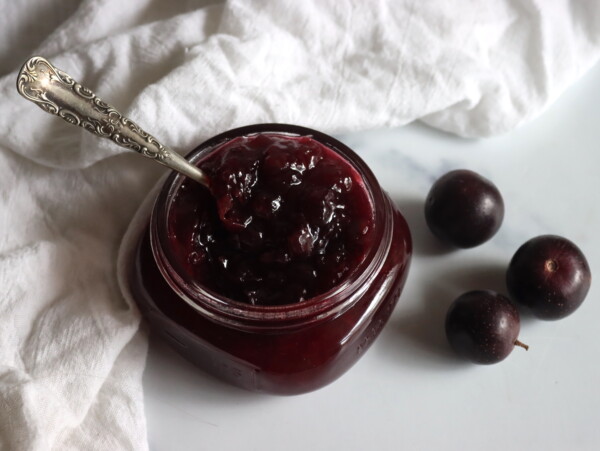
Thank you for sharing. Im new in canning and really like everything that I have done so far.
This juice is so good.
So glad you liked it!